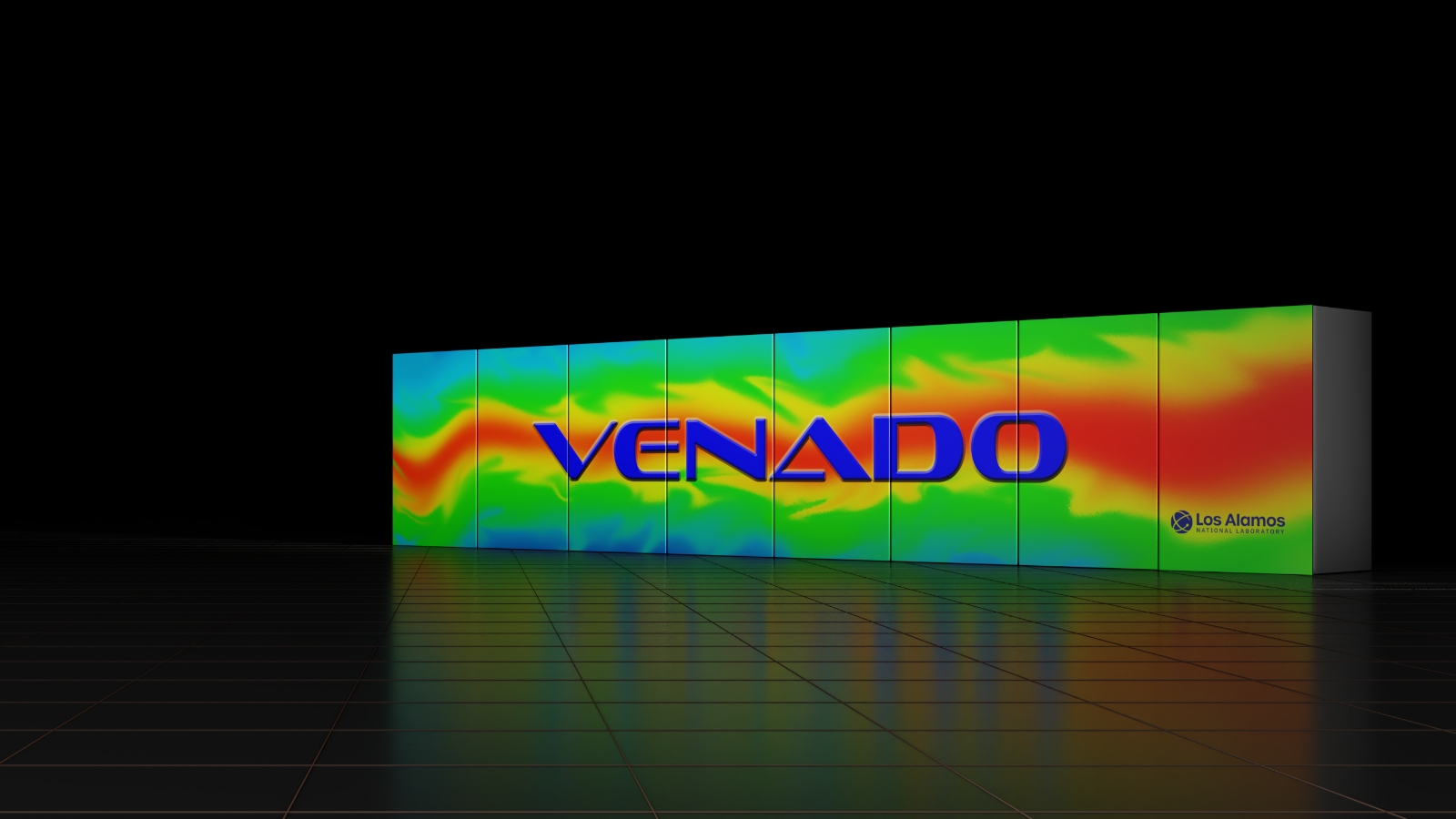 INFRA
INFRA
 INFRA
INFRA
 INFRA
INFRA
Nvidia Corp. today debuted new silicon platforms for high-performance computing and artificial intelligence workloads.
Announced at the ISC high-performance computing event running this week in Hamburg, Germany, the new systems include the Nvidia Grace CPU Superchip and Nvidia Grace Hopper Superchip. They’re designed to power a new generation of exascale-powered computer servers.
Nvidia said the new Nvidia Grace CPU Superchip is based on its first-ever Arm-based central processing unit, also called “Grace.” It’s powered by two Arm-based CPUs linked via a high-bandwidth, low-latency Nvidia NVLink-C2C interconnect. The company claims it’s a “breakthrough design” that contains up to 144 Arm Neoverse cores with scalable vector extensions and a one terabyte-per-second memory system.
The Nvidia Grace CPU Superchip interfaces with the PCIe Gen5 protocol, meaning it can easily be linked to Nvidia’s latest graphics processing units for AI and machine learning workloads. Alternatively, it can be paired with Nvidia BlueField-3 data processing units to power HPC applications.
As for the Nvidia Grace Hopper Superchip, this is an even more powerful system that pairs an Nvidia Hopper GPU with an Nvidia Grace CPU. It’s an integrated module connected via NVLink-C2C and targeted at HPC and giant-scale AI workloads, the company explained.
Both new systems run the full portfolio of Nvidia’s AI and HPC software, enabling “full-stack, integrated computing,” the company said.
The two platforms are aimed at original equipment manufacturers, specifically computer server makers, and those customers have wasted little time in implementing them. Nvidia said the first systems powered by the Grace superchips will arrive later this year from companies including Dell Technologies Inc., Hewlett Packard Enterprise Co. Lenovo Group Ltd., Inspur Group, Giga-Byte Technology Co. Ltd., Super Micro Computer Inc. and Atos SE, bringing with them benefits such as higher performance, more memory bandwidth and superior energy efficiency compared with other data center CPU platforms, Nvidia promised.
Although claims of such superiority can normally be taken with a pinch of salt, Nvidia is trying to back them up with testimony of a couple of very high-profile customers, including the Los Alamos National Laboratory, the main research lab of the U.S. Department of Energy.
The Los Alamos lab has announced a new high-performance computing system called Venado, which is described as a “heterogeneous system” built using the HPE Cray EX supercomputer that will incorporate a mix of Grace CPU superchip nodes and Grace Hopper Superchips. The Venado system is expected to exceed 10 exaflops of performance once it’s up and running, and will tackle a wide range of applications.
“By equipping LANL’s researchers with the performance of Nvidia Grace Hopper, Venado will continue this laboratory’s commitment to pushing the boundaries of scientific breakthroughs,” said Irene Qualters, associate director for simulation and computation at LANL. “Nvidia’s accelerated computing platform and expansive ecosystem are removing performance barriers, allowing LANL to make new discoveries that will benefit the nation and society as a whole.”
Another major customer is the Swiss National Computing Center, which said its new system will also be built by HPE using the Cray EX supercomputer. SNCC said its planned system will be powered by multiple Grace CPU Superchips and serve as an advanced platform for general purpose research.
Ian Buck, Nvidia’s vice president of hyperscale and HPC, said the supercomputing field is entering a new era of exascale AI that will allow researchers to tackle challenges that were previously out of reach.
“Across climate science, energy research, space exploration, digital biology, quantum computing and more, the NVIDIA Grace CPU Superchip and Grace Hopper Superchip form the foundation of the world’s most advanced platform for HPC and AI,” he said.
Support our mission to keep content open and free by engaging with theCUBE community. Join theCUBE’s Alumni Trust Network, where technology leaders connect, share intelligence and create opportunities.
Founded by tech visionaries John Furrier and Dave Vellante, SiliconANGLE Media has built a dynamic ecosystem of industry-leading digital media brands that reach 15+ million elite tech professionals. Our new proprietary theCUBE AI Video Cloud is breaking ground in audience interaction, leveraging theCUBEai.com neural network to help technology companies make data-driven decisions and stay at the forefront of industry conversations.